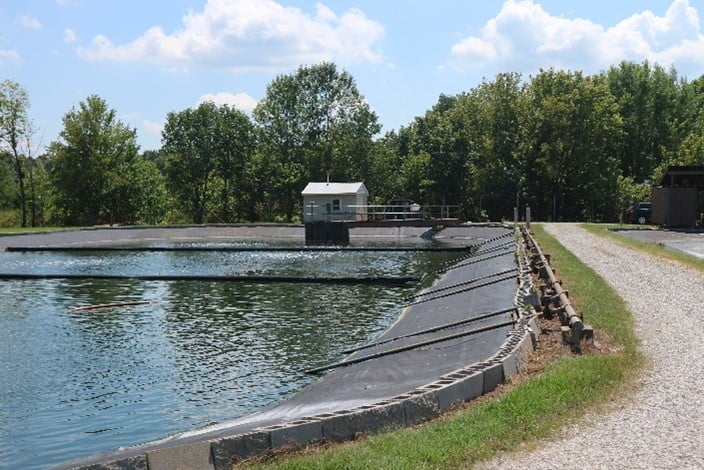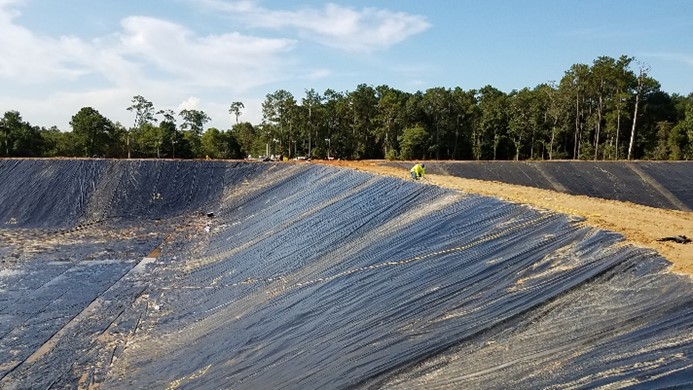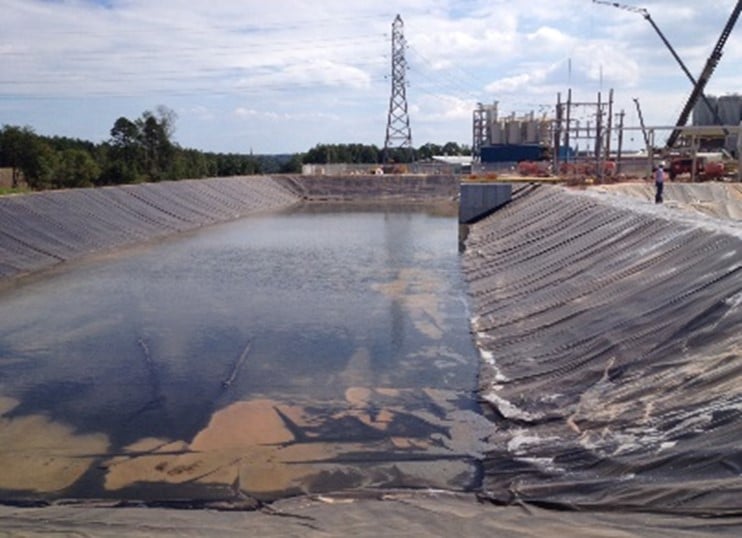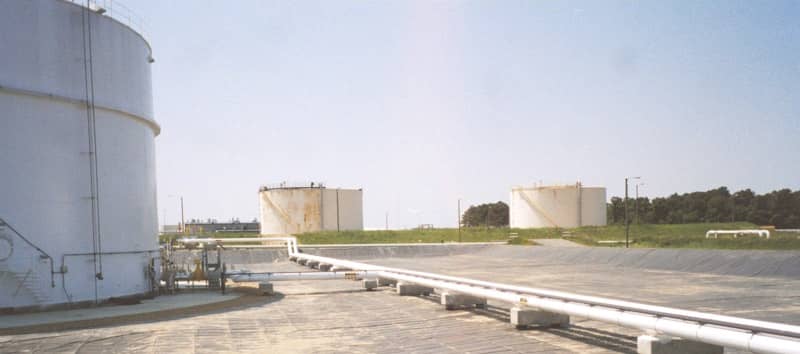Series: Geomembrane Selection & Design for Elevated Temperature Containment
Post 2: Top 4 Factors to Consider When Specifying and Designing Geomembrane Systems for High-Temperature Applications
The term “weathering” on first glance appears to be straightforward. Most in the geomembrane industry consider it to narrowly describe sunlight or UV resistance only. In fact, testing and property specifications are often only from a sunlight exposure standpoint. But the effects of changing temperatures, precipitation, wind, etc. can be factors of destruction for geomembranes.
Series: Efficient Reclaimed Water Storage Using Geomembranes
Part 2: 4 Key Factors in Selecting Reinforced Ethylene CoPolymer Geomembranes for Reuse Impoundment Applications
Series: Efficient Reclaimed Water Storage Using Geomembranes
Part 1: Water Reuse in the U.S.: Top Opportunities and Challenges
For the most part, all geomembranes have a similar broad function: A fluid barrier. When comparing, the confusion lies in the fact that they are manufactured by different methods and constructed differently, which result in varying properties to accomplish the broad fluid barrier function. Plus, the definition of “fluid barrier” is subjective depending on a host of site, application, fluid composition and regulatory factors. Key geomembrane properties are required to support the overall function.
Geomembrane warranties are typically provided by the manufacturer. Standard warranties are usually included at no additional cost and vary among manufacturers and products, in coverage, duration and other factors. It can be confusing trying to understand what a warranty really says. What needs to be considered when evaluating a geomembrane warranty?
What laboratory properties are critical in the selection criteria for geomembranes?
Part 2: Defining the critical geomembrane survivability properties
What laboratory properties are critical in the selection criteria for geomembranes?
Part 1: Identifying critical geomembrane chemical and environmental resistance properties
What are the key issues in writing “or-equal” geomembrane specifications?
Part 2. An example of an “or-equal” spec gone bad and how it applies to geomembrane specifications.

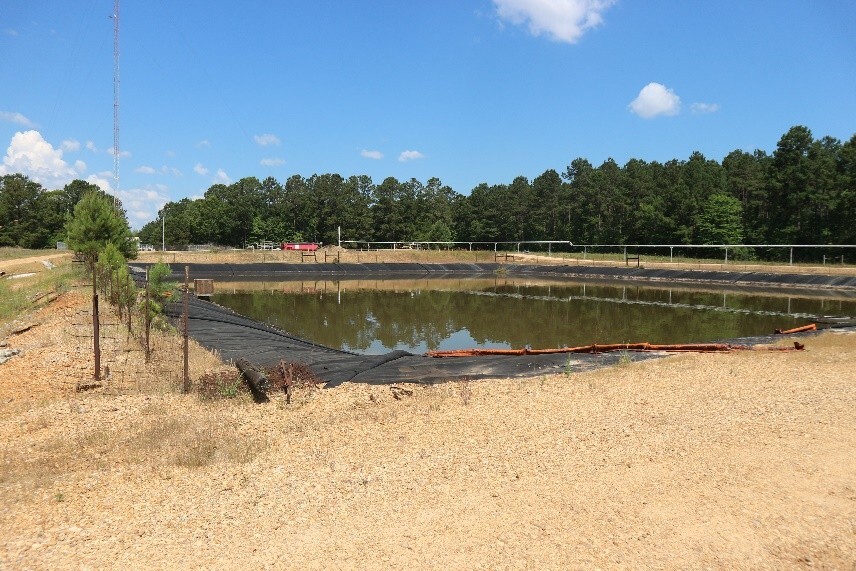
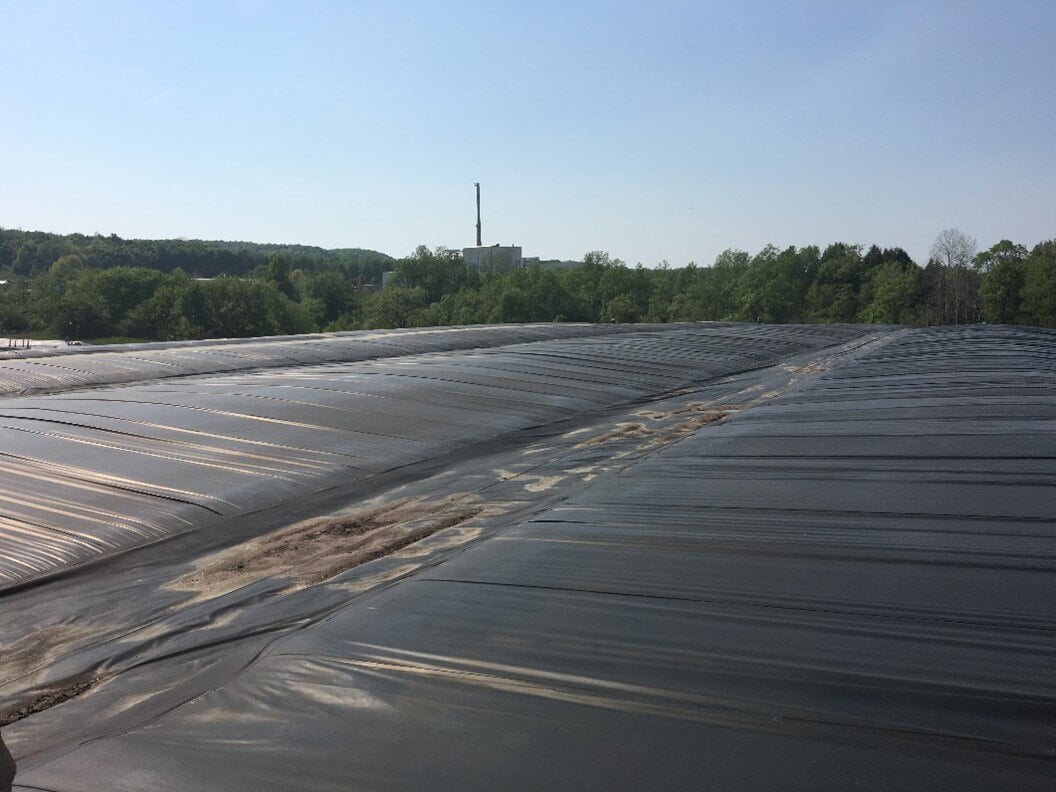
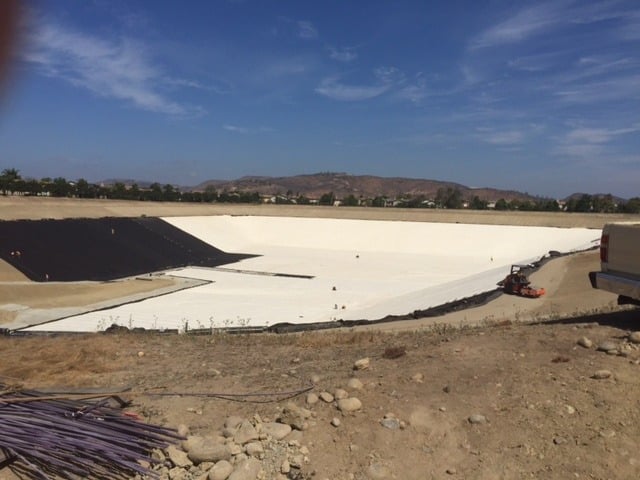

.jpg)
